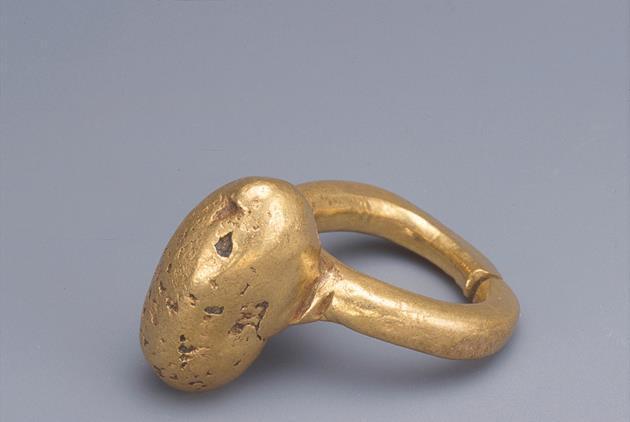Resources
Exhibition HistoryCleveland, Ohio, Cleveland Museum of Art, African Tribal Images: The Katherine White Reswick Collection, July 10 - Sept. 1, 1968 (Philadelphia, Pennsylvania, University of Pennsylvania Museum, Oct. 10 - Dec. 1, 1968). Text by William Fagg. Cat. no. 105.
Seattle, Washington, Seattle Art Museum, Art from Africa: Long Steps Never Broke a Back, Feb. 7 - May 19, 2002 (Philadelphia, Pennsylvania, Philadelphia Museum of Art, Oct. 2, 2004 - Jan. 2, 2005; Hartford, Connecticut, Wadsworth Atheneum, Feb. 12 - June 19, 2005; Cincinnati, Ohio, Cincinnati Art Museum, Oct. 8, 2005 - Jan. 1, 2006; Nashville, Tennessee, Frist Center for the Visual Arts, Jan. 27 - Apr. 30, 2006 [as African Art, African Voices: Long Steps Never Broke a Back]). Text by Pamela McClusky. No cat. no., pp. 81-82, reproduced pl. 44.
Seattle, Washington, Seattle Art Museum, Lessons from the Institute of Empathy, Mar. 31, 2018 - ongoing.
Published ReferencesAppiah, Kwame Anthony, The Politics of Culture The Politics of Identity, Institute for Contemporary Culture at the ROM, pp.45, 2008, Royal Ontario Museum













